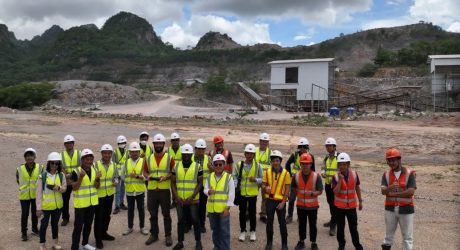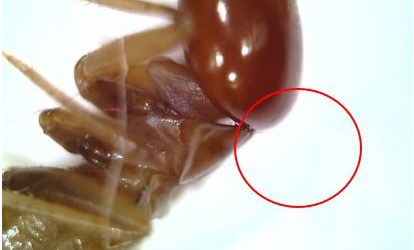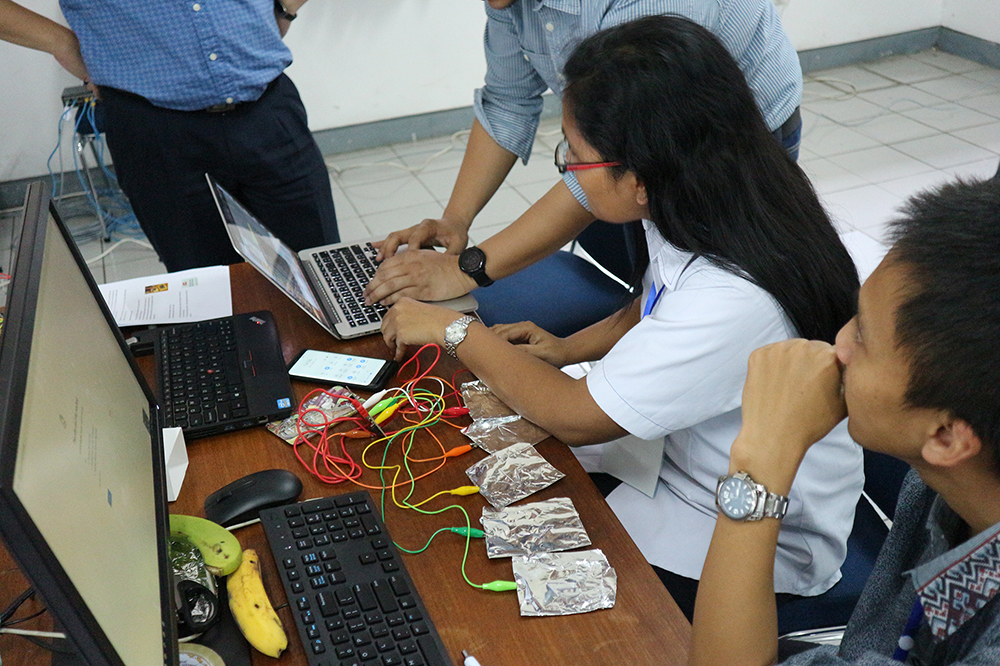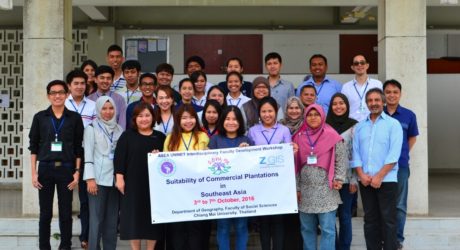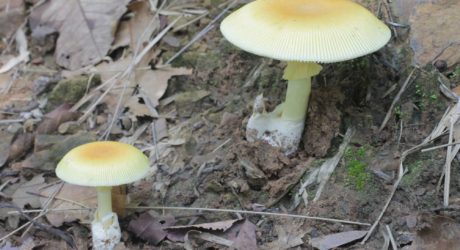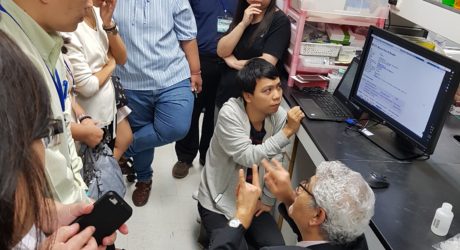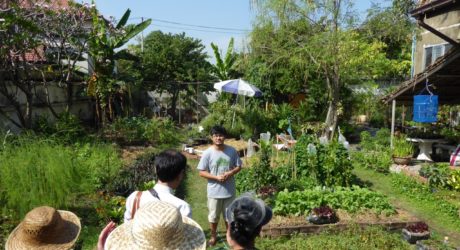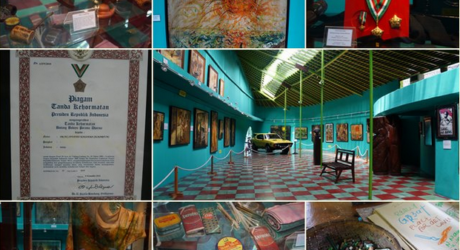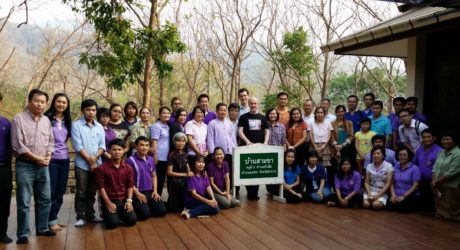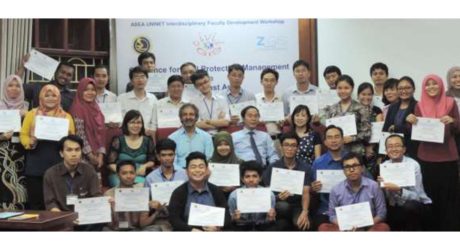Selected Projects
- All
- Applied Research
- Applied Scientific-Artistic Cooperation
- Architecture
- Artificial Intelligence
- Basic Research
- Biology
- Chemical Engineering
- Chemistry
- Civil Engineering
- Earth Science
- Education
- Environmental Management
- Environmental Planning
- Food Science
- Geography
- Geoinformatics
- Health
- Informatics
- Medicine
- Performing Arts
- Pharmacy
- Philosophy
- Physics
- Religion
- Research Cooperation
- Restoration
- Social Science
- Software Technology
- Teaching/Learning Cooperation
- Technology
- Transportation
- Visiting Lecture
- Wastewater treatment
Advanced Sensor Technologies for Mining, Construction and Geotechnical Investigations
Abstract: The purpose of this project is to exchange knowledge between TU Graz and Chiang Mai University concerning modern sensor technologies and their applications in geo-engineering. This will be accomplished…...
View DetailsBacteria from the termite gut as novel sources of lignocellulose-degrading enzymes
Abstract: Termites have achieved an outstanding ecological success, with more than 3000 extant species widely distributed around the globe. Termites ingest lignocellulosic substrates at different degrees of decomposition, and they…...
View DetailsMACBETH in Hanoi – Exploring a European Classic with universal and contemporary methods of performing arts
Abstract: „MACBETH in Hanoi“ – the second collaboration on European literary classics in contemporary stage-adaptions between Max-Reinhardt-Seminar/the University of Music and Performing Arts Vienna (mdw) and Hanoi Academy of Theatre…...
View Details16th Teaching Week of Prof. Schwarz, Medical University of Innsbruck (Austria), at Suranaree University of Technology (Thailand)
The teaching cooperation between MUI (Medical University Innsbruck) and SUT (Suranaree University of Technology Medical School in Nakhon Ratchasima, Thailand) was initiated in 2006, just 1 year after the Medical…...
View DetailsGeospatial Applications for Assessing the Potential of Commercial Plantations in Southeast Asia
The Department of Geoinformatics of the University of Salzburg, Austria, concluded a week-long international capacity building workshop on ‚Assessing the Suitability of Commercial Plantations in Southeast Asia (comm-PLAN)‚ at Chiang…...
View Details Project WebsiteClinical Elective Exchange Program
Within the scope of ASEA-UNINET, several medical universities established the Clinical Elective Exchange Program for medical students. The ASEA-UNINET Clinical Elective Exchange Program is the largest short term exchange program…...
View DetailsDiversity and trophic roles of macrofungi in different forest types of Sakaerat biosphere reserve
Diversity and trophic roles of fungi Fungi interact with many different species of plants, animals and other fungi, as parasites, mutualistic symbionts or decomposers of dead organic matter. Most macrofungi…...
View DetailsFirst-stage research exchange and case study on impacts of public transportation on environment and tourism in Thailand
In March and April 2016 the schedule and planning of the project „First-stage research exchange and case study on impacts of public transportation on environment and tourism in Thailand“ was…...
View DetailsASEA-UNINET Workshop on Proteomics/Biological Mass Spectrometry and Bioimaging
Introduction Proteomics has gained increasing interest in the field of biosciences and has become one of the most growing disciplines within the systems biology. It plays an important role in…...
View DetailsEffects of inhaled nitrite on platelet function and signaling
Since August 2015, an active collaboration has been established between the research group of Dr. Nathawut Sibmooh and the research group for pediatric hemostaseology under the supervision of Dr. Axel…...
View DetailsAffandi Museum – A concept of restoration and climate adequate maintenance
ASEA-UNINET proudly announces the award won by a collaboration project between two departments of the Vienna University of Technology (Ulrike Herbig, Gudrun Styhler-Aydin, Doris Grandits, Lukas Stampfer from the Institute…...
View DetailsYogyahealth
Yogyahealth is an outstanding ASEA-UNINET collaboration project between European and South-East Asian partners, which was awarded the Bernd Rode Award 2016 and furthermore honoured by a certificate of gratitude by…...
View DetailsAcquisition of programming skills by Thai teenagers without access to traditional PCs or laptops through their smartphones
Arnan Sipitakiat and Wolfgang Slany have both been involved for many years in bringing programming skills to children and teenagers. Programming has become both a fundamental cultural technique as well…...
View DetailsGIScience for Civil Protection Management in Southeast Asia (civil-GIS)
5th to 9th October, 2015 civil-GIS The Department of Geoinformatics – Z_GIS concluded a week-long international capacity building workshop on ‚GIScience for Civil Protection Management in Southeast Asia (civil-GIS)‘ at…...
View Details
